The latest edition of “Architizer: The World’s Best Architecture” — a stunning, hardbound book celebrating the most inspiring contemporary architecture from around the globe — is now available. Order your copy today.
Glass has become central to contemporary architecture. With a history that dates back millennia, glass holds widespread practical, technological, and decorative uses. While it can be naturally occurring as a non-crystalline solid, glass was often created through a process of rapid cooling. Modern glass architecture, made famous by the work of architects like Mies van der Rohe and Philip Johnson, explores ideas of transparency and layering, views and light.
A major turning point for glass architecture came with the advent of the float glass process — invented by Sir Alastair Pilkington in 1952 — which enabled a continuous ribbon of glass using a molten tin bath. Today, architects are working with manufacturers to create glazing systems and new glass applications that are radically changing urban environments. From material assemblies to new high-tech mixtures, glass is being used to rethink conventional building envelopes and construction techniques. Showcasing a range of A+Award-winning glass designs, the following projects illustrate how glass will continue to shape our modern cities.
Have you recently completed an exciting architectural project that uses glass in innovative ways? Consider entering it in the Architecture +Glass category at the 11th Annual A+Awards:
Apple Store, Stanford
By Bohlin Cywinski Jackson, Palo Alto, CA, United States
Jury Winner, 2016 A+Awards, Architecture +Glass; Jury Winner, 2016 A+Awards, Retail
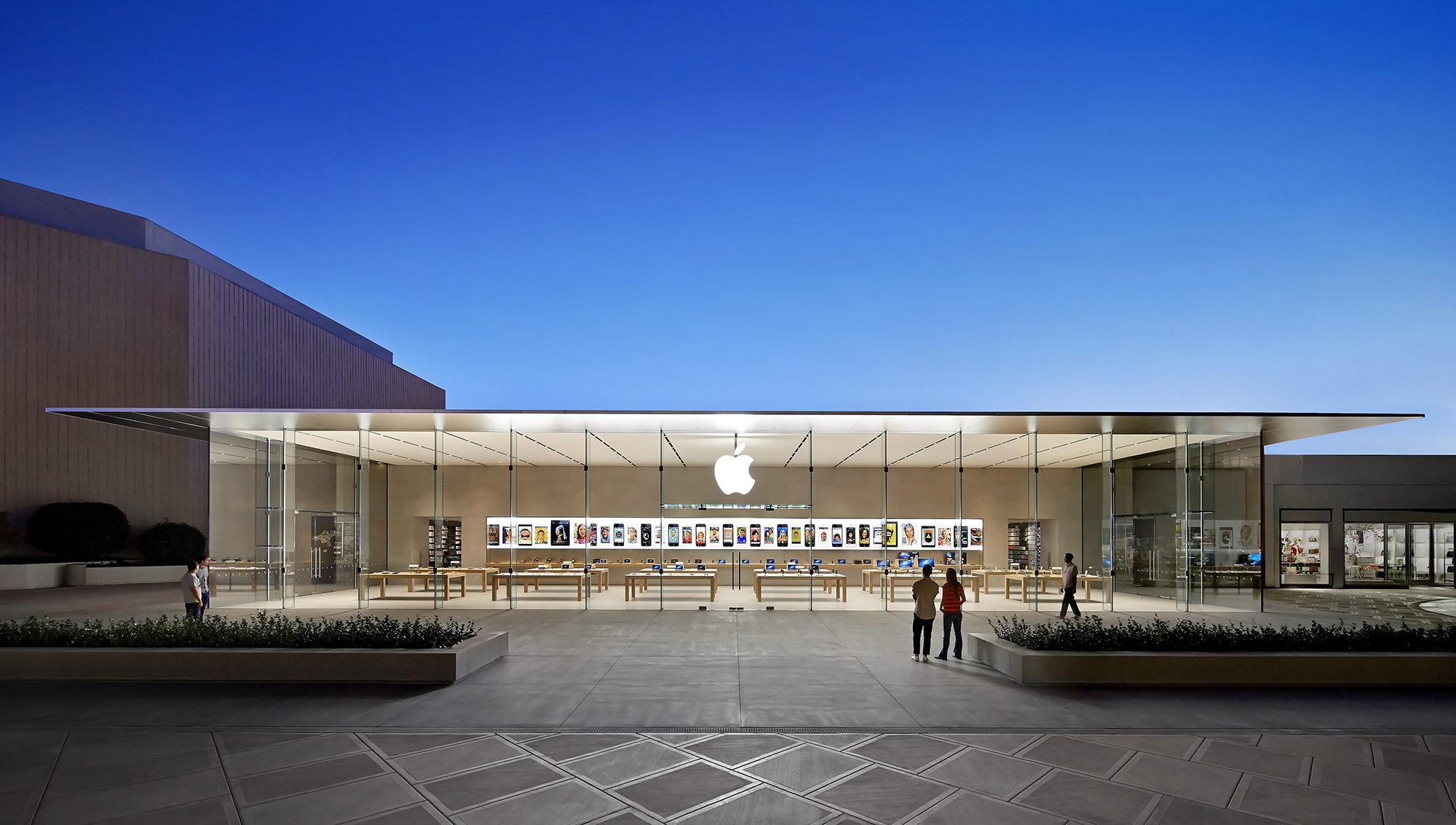
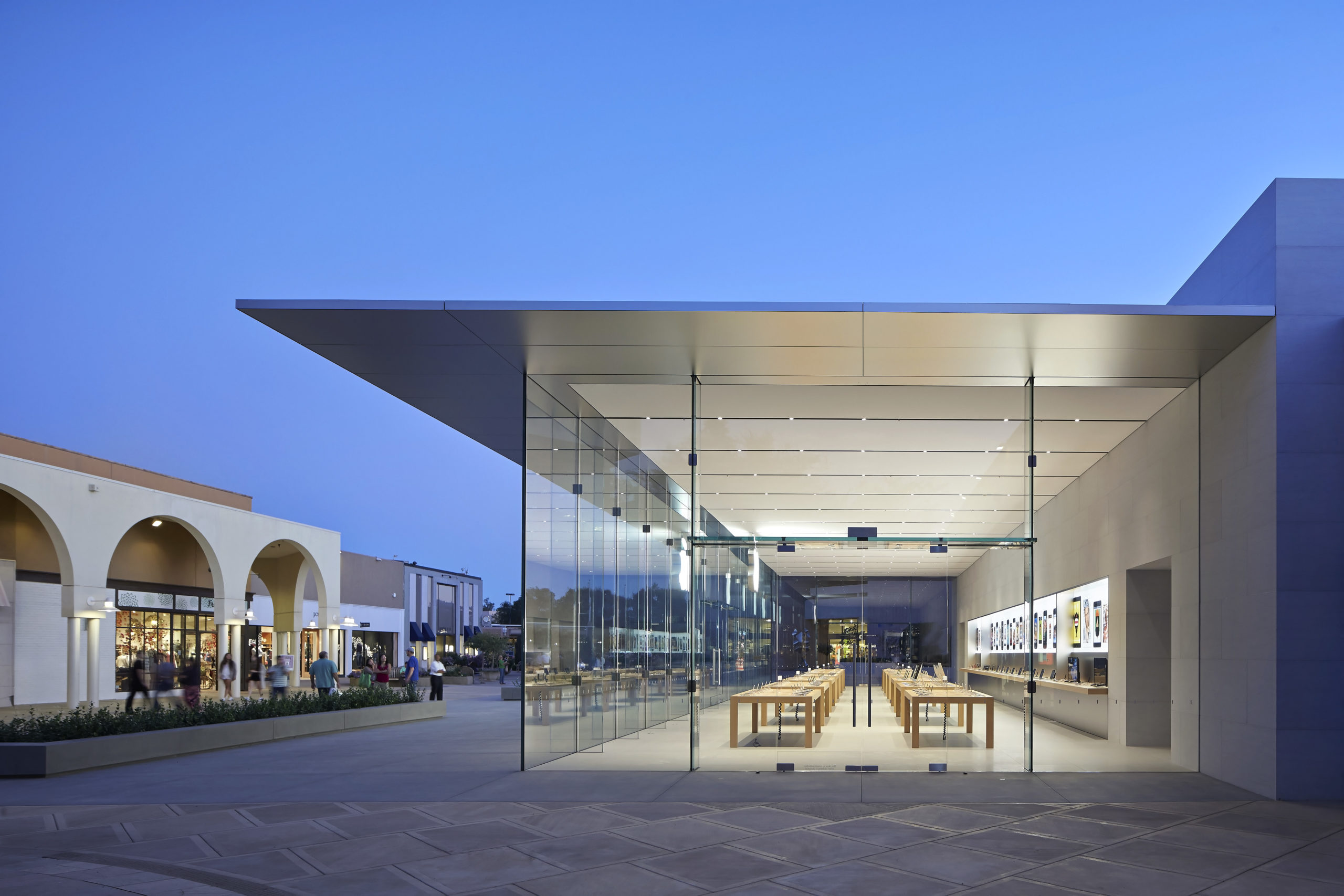 This two-room, pavilion-like store was designed for a unique location within Palo Alto’s Stanford Shopping Center. A broad, glass-enclosed room makes the retail environment feel a part of the outdoor plaza, and the outdoor plaza part of retail environment.
This two-room, pavilion-like store was designed for a unique location within Palo Alto’s Stanford Shopping Center. A broad, glass-enclosed room makes the retail environment feel a part of the outdoor plaza, and the outdoor plaza part of retail environment.
With 180 lineal feet of storefront glass and three entrances, it is a store design that directly invites visitors underneath its dramatically thin roof. Structural glass fins along the perimeter of the transparent room support the thin roof, leaving the space column-free and enhancing the sensation of a floating ceiling.
Manshausen Island Resort
By Stinessen Arkitektur, Steigen, Nordland, Norway
Popular Choice Winner, 2016 A+Awards, Architecture +Glass; Jury & Popular Choice Winner, 2016 A+Awards, Architecture +Cantilever; Popular Choice Winner, 2016 A+Awards, Hotels & Resorts
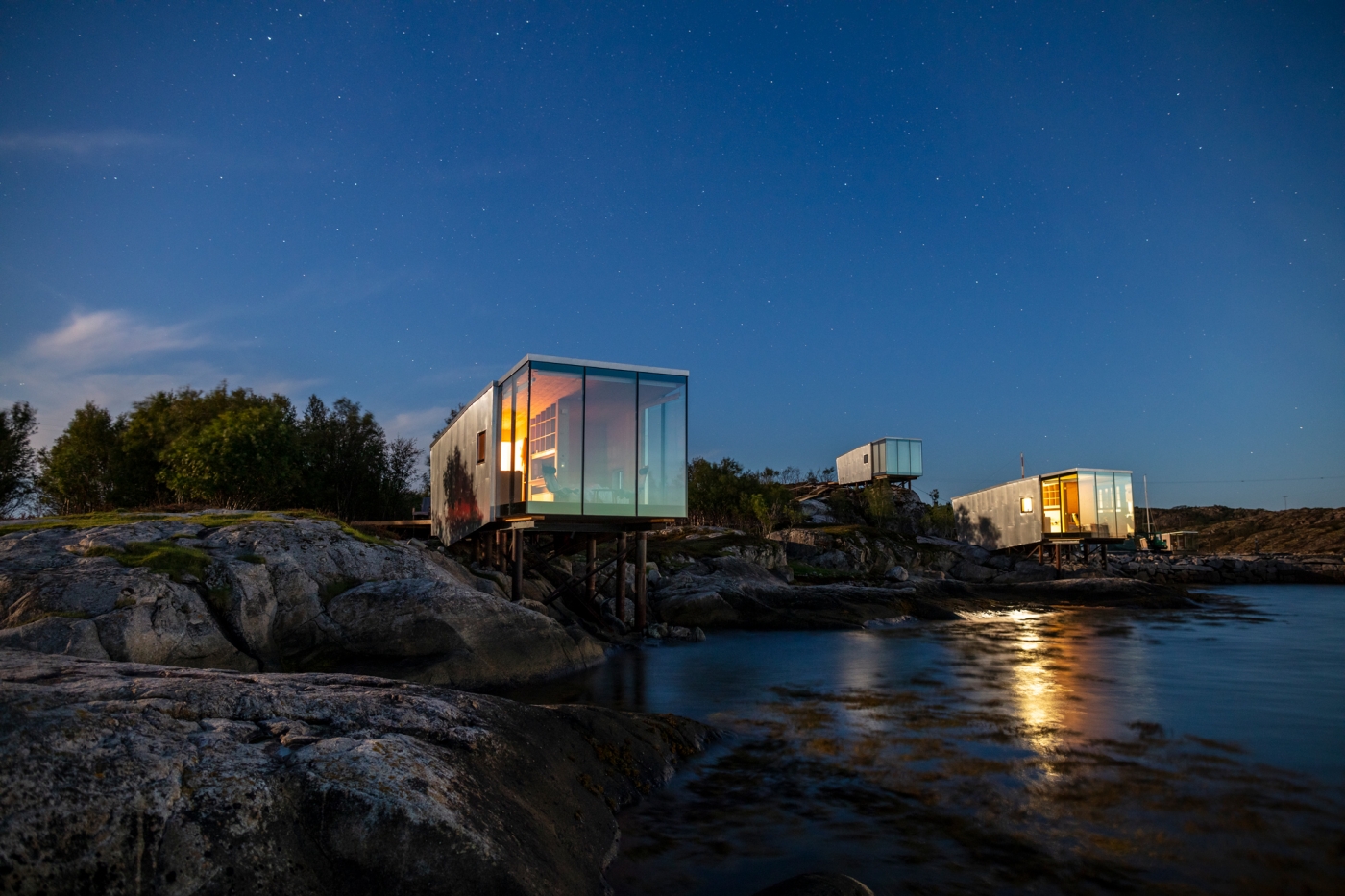
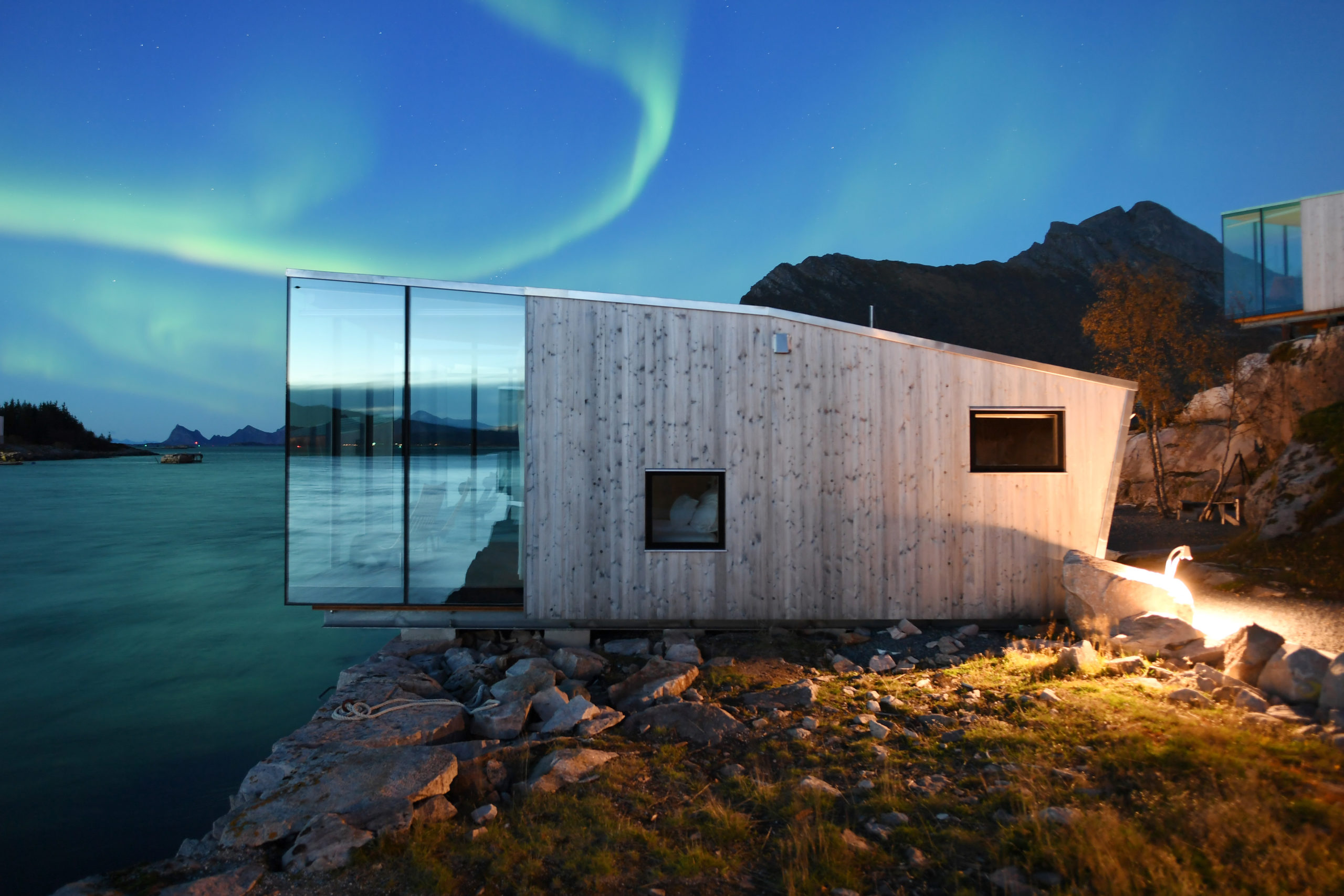 Manshausen Island was historically part of one of Northern-Norway´s largest trading posts for the fishing industry, today only visible in the massive stone quays on the Island. This resort was planned and laid out in consideration of the Island´s topography and the two main existing structures – an old farmhouse and the stone quays.
Manshausen Island was historically part of one of Northern-Norway´s largest trading posts for the fishing industry, today only visible in the massive stone quays on the Island. This resort was planned and laid out in consideration of the Island´s topography and the two main existing structures – an old farmhouse and the stone quays.
The positioning and orientation of the cabins is based on the consideration of their individual panoramic views and privacy for the guests. The glazing is custom made for the project and the large glass panes are glued to the outside of the construction to ensure a smooth surface towards the winds and to allow for unobstructed views of the nature and the elements outside.
Sound Transit Station
By LMN Architects, Seattle, WA, United States
Popular Choice 2017 A+Awards, Architecture +Glass
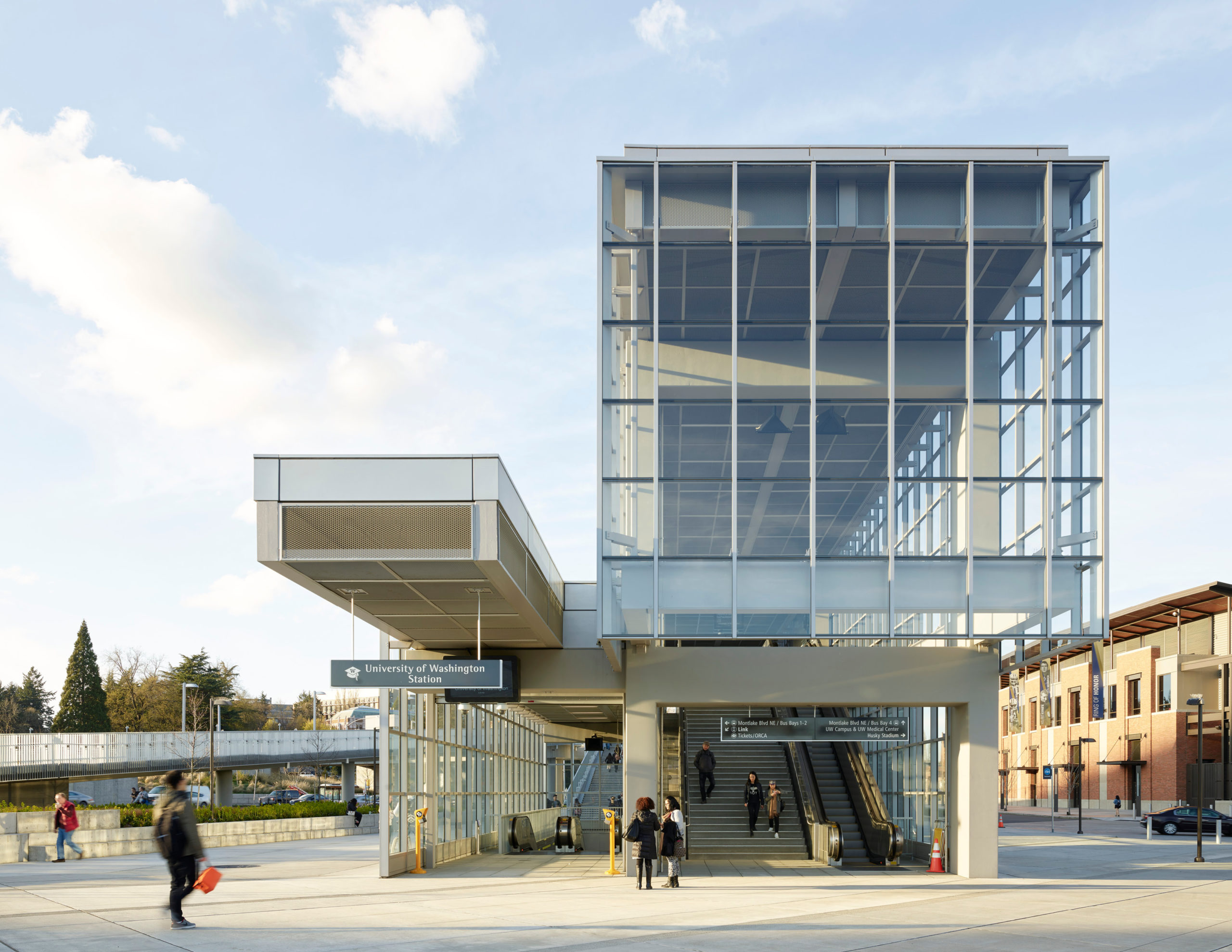
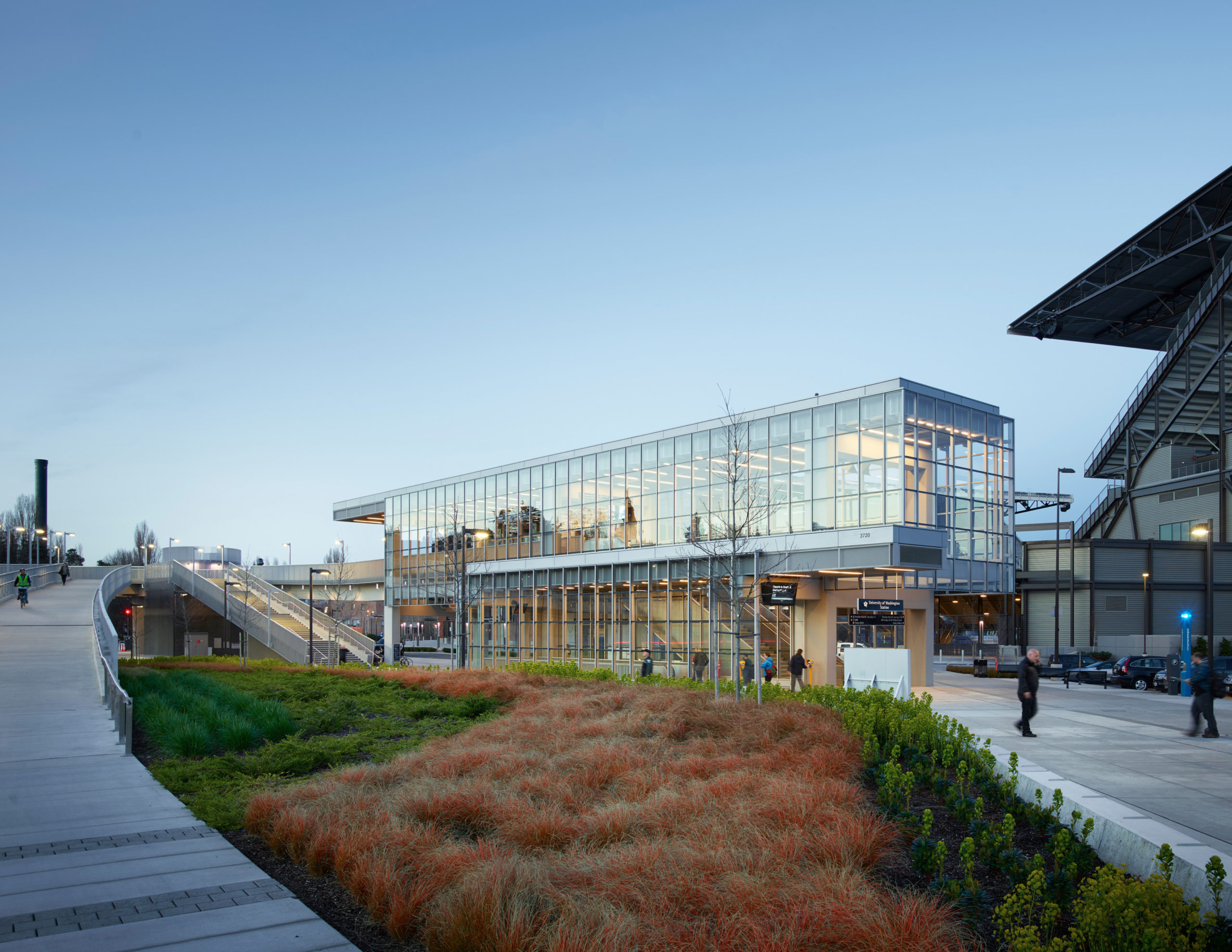 The Sound Transit Station knits together transportation modalities from bike and bus to pedestrians and trains. The multi-disciplinary design creates a unified solution at one of the busiest intersections in Seattle. Design elements throughout the station create a sense of movement and connection with the urban fabric.
The Sound Transit Station knits together transportation modalities from bike and bus to pedestrians and trains. The multi-disciplinary design creates a unified solution at one of the busiest intersections in Seattle. Design elements throughout the station create a sense of movement and connection with the urban fabric.
The 2-level glass entrance structure marks the entry as a destination and frames views of the surrounding context, including Lake Washington and the Cascade Mountains. The transparency also serves as a light well, allowing daylight to reach down to the mezzanine level.
Beyazit State Library
By Tabanlioglu Architects, Istanbul, Turkey
Jury Winner, 2017 A+Awards, Architecture +Glass
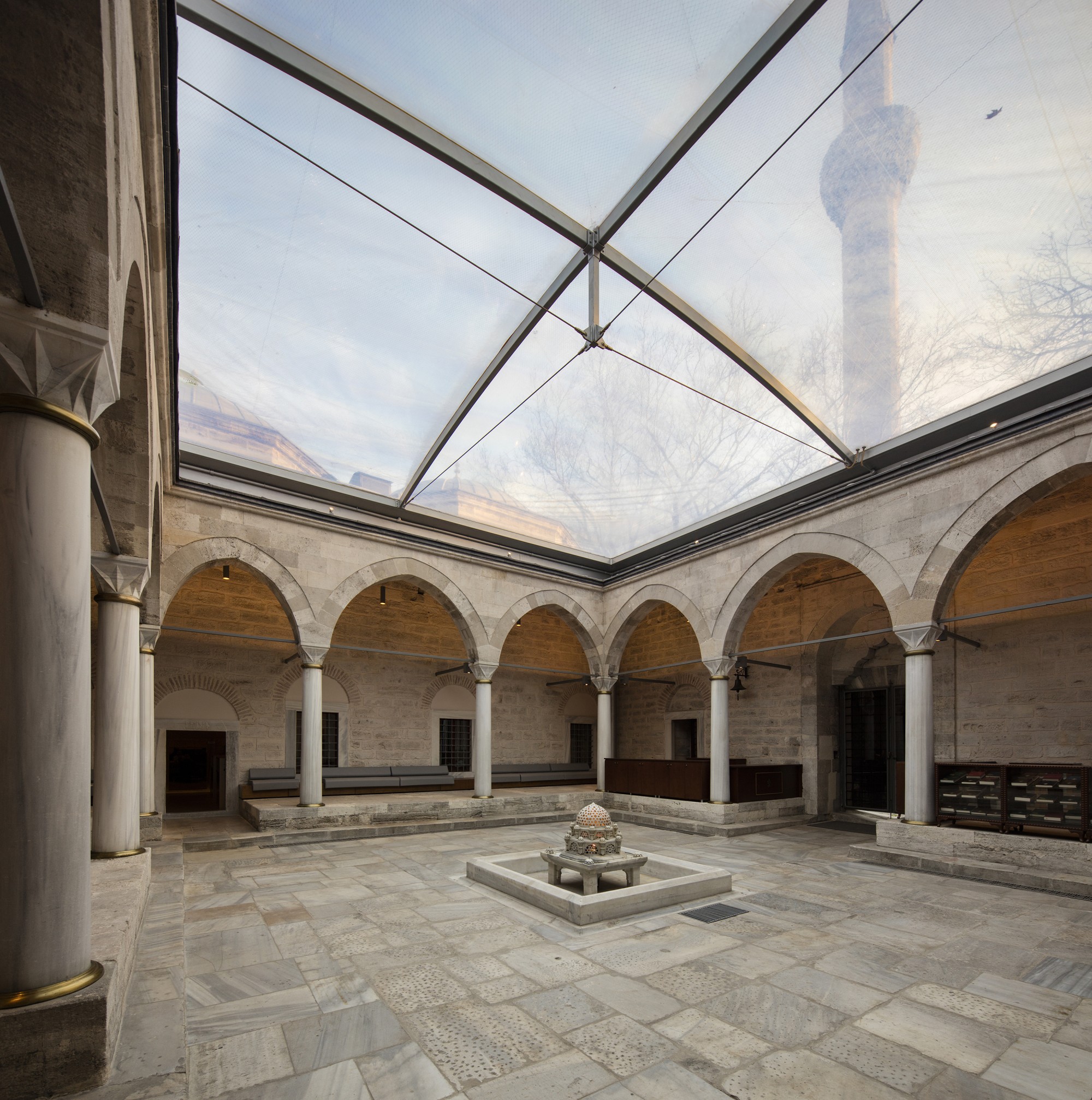
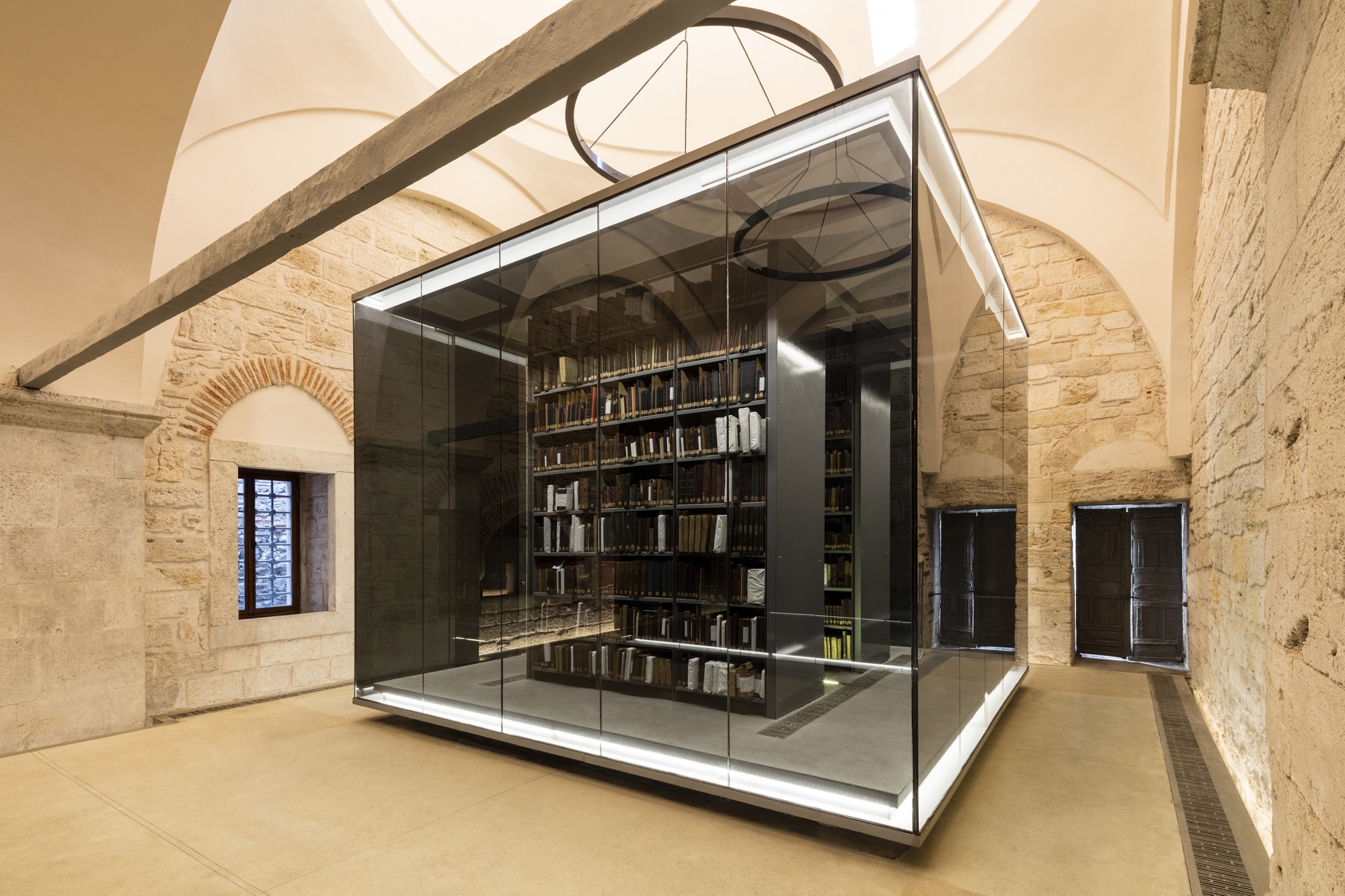 Beyazit State Library is the oldest state library in Turkey, founded in 1884. Located in the most important public space in the historical peninsula, the updating and fine-tuning of the State Library involved the sensitive re-organization of the interior and careful restoration of the building fabric with its multi-domed roof.
Beyazit State Library is the oldest state library in Turkey, founded in 1884. Located in the most important public space in the historical peninsula, the updating and fine-tuning of the State Library involved the sensitive re-organization of the interior and careful restoration of the building fabric with its multi-domed roof.
In place of the former concrete roof, a light and transparent inflatable membrane structure was created which covers the courtyard, filtering the daylight and providing a controlled atmosphere. In the renovated shell of the building, the black glass boxes devoted to the manuscripts stand as monolithic objects in stark contrast to their surroundings.
7 St. Thomas
By Hariri Pontarini Architects, Toronto, Canada
Jury Winner, 2018 A+Awards, Architecture +Glass; Popular Choice, 2018 A+Awards, Office – Mid-Rise (5-15 Floors)
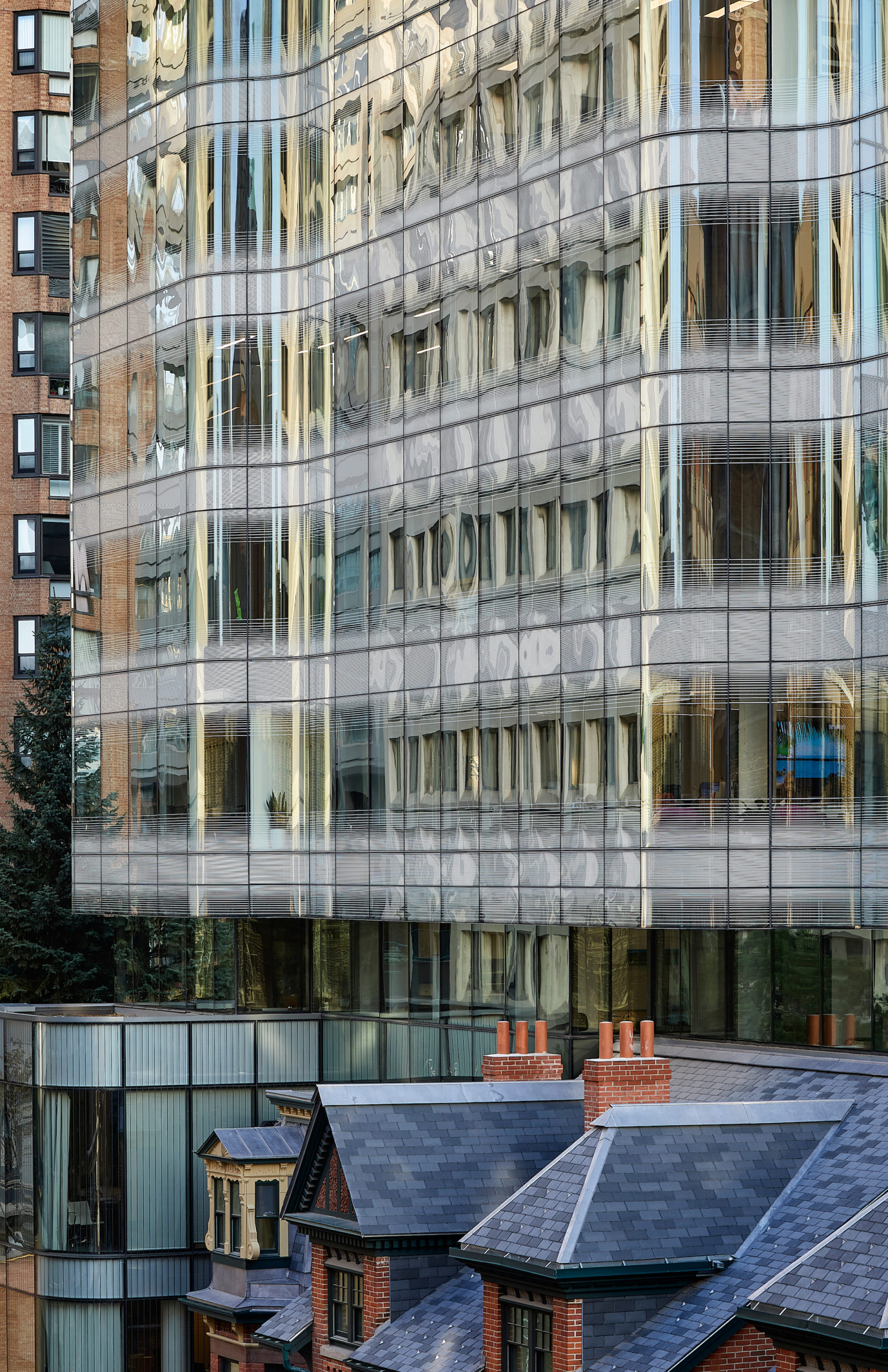
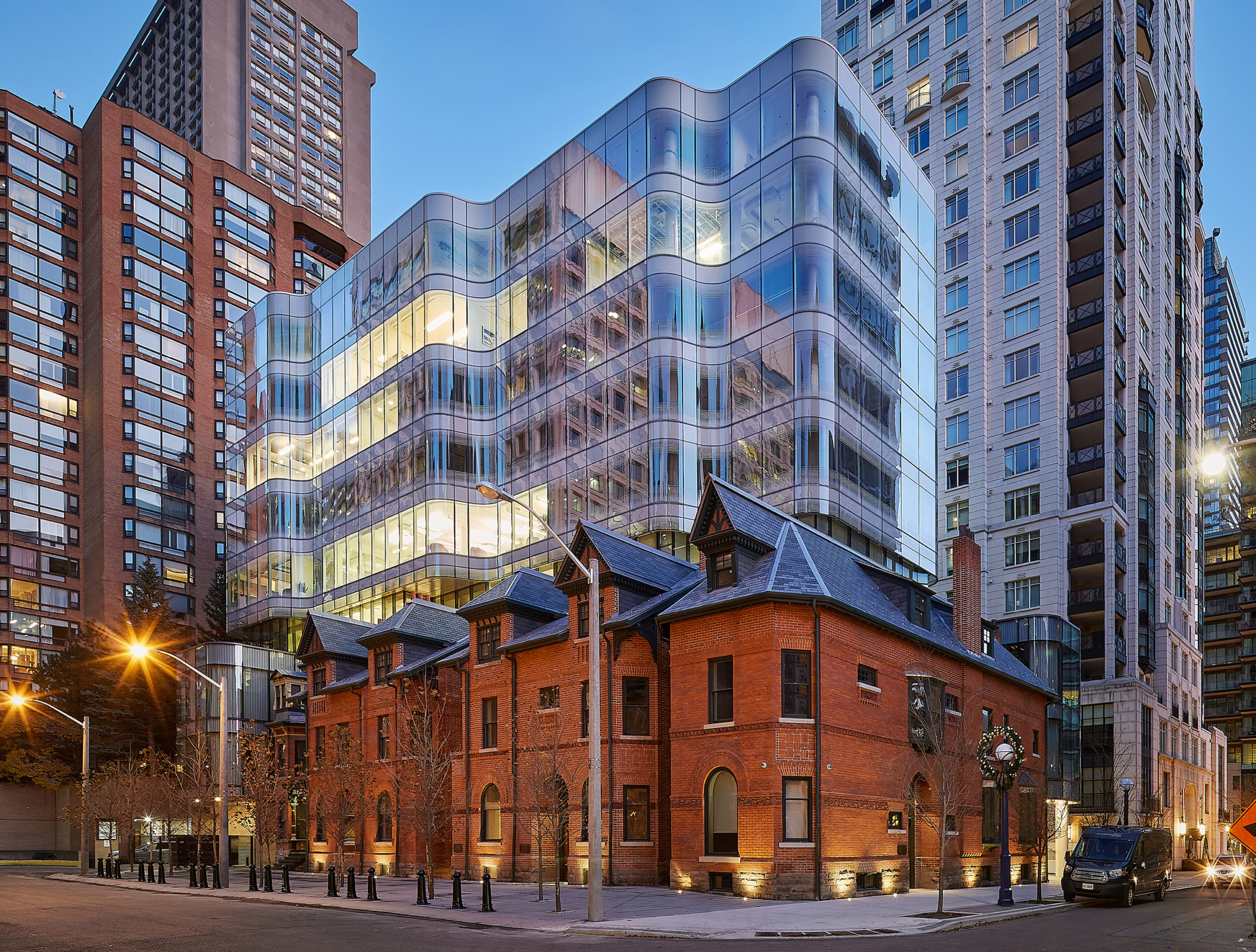 7 St. Thomas harmonizes retail and commercial design through an interplay of form and light, blending Victorian and contemporary materials to create a unified work. Six heritage townhouses are integrated into a three story podium, with a six story tower above. The podium wraps around and incorporates the heritage buildings matching them in scale and proportion, using glass and stone to contrast and enhance the existing facades.
7 St. Thomas harmonizes retail and commercial design through an interplay of form and light, blending Victorian and contemporary materials to create a unified work. Six heritage townhouses are integrated into a three story podium, with a six story tower above. The podium wraps around and incorporates the heritage buildings matching them in scale and proportion, using glass and stone to contrast and enhance the existing facades.
The tower is wrapped in fritted glass and undulates in response to the existing fabric of the site, allowing for light penetration. The contrast between the solidity of the red brick heritage houses below with the translucent permeability of the glass tower – which steps back and floats above the Victorian frontages – was made to highlight both typologies.
Efjord Cabin
By Stinessen Arkitektur, Nordland, Norway
Popular Choice, 2018 A+Awards, Architecture +Glass
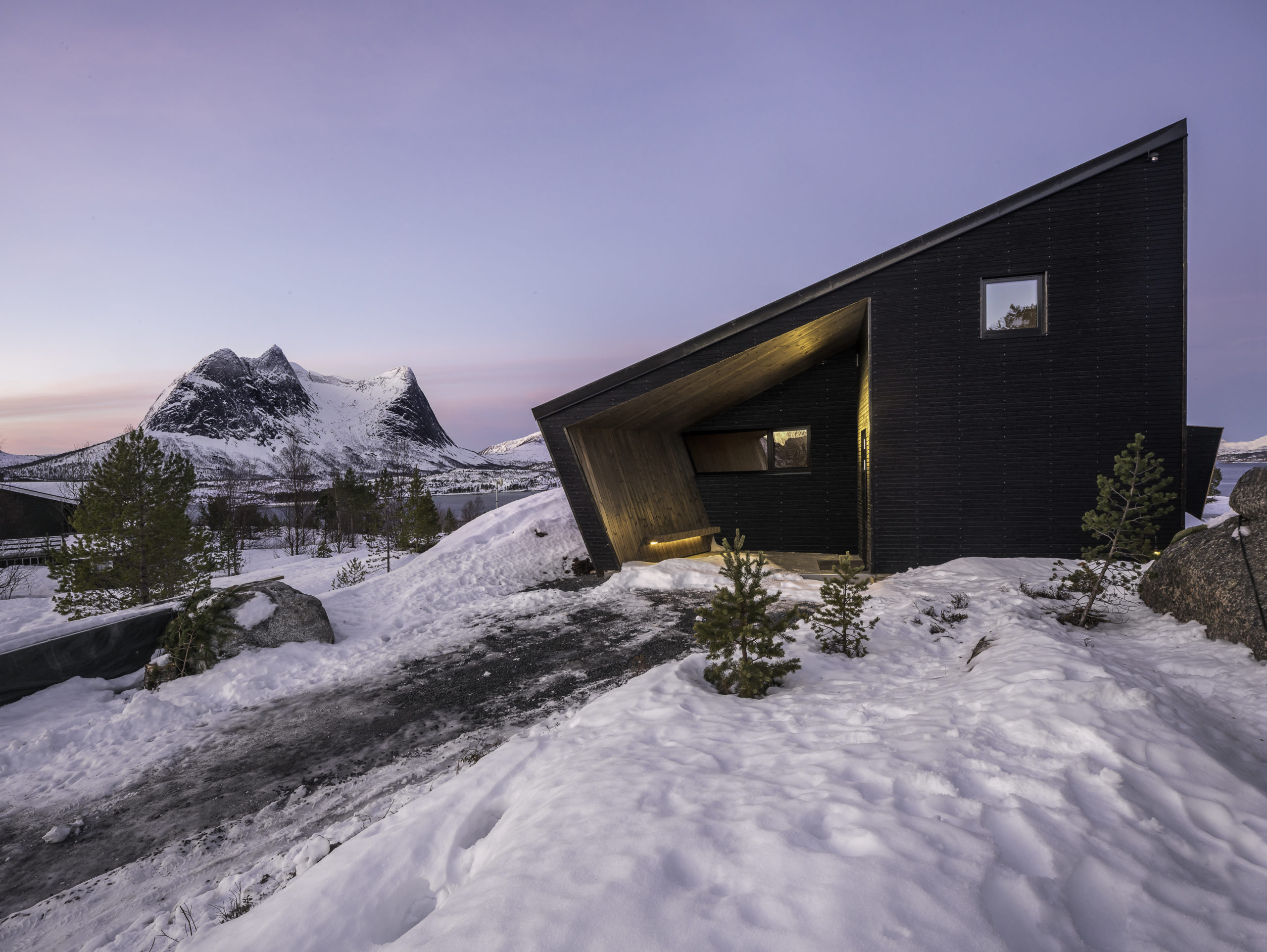
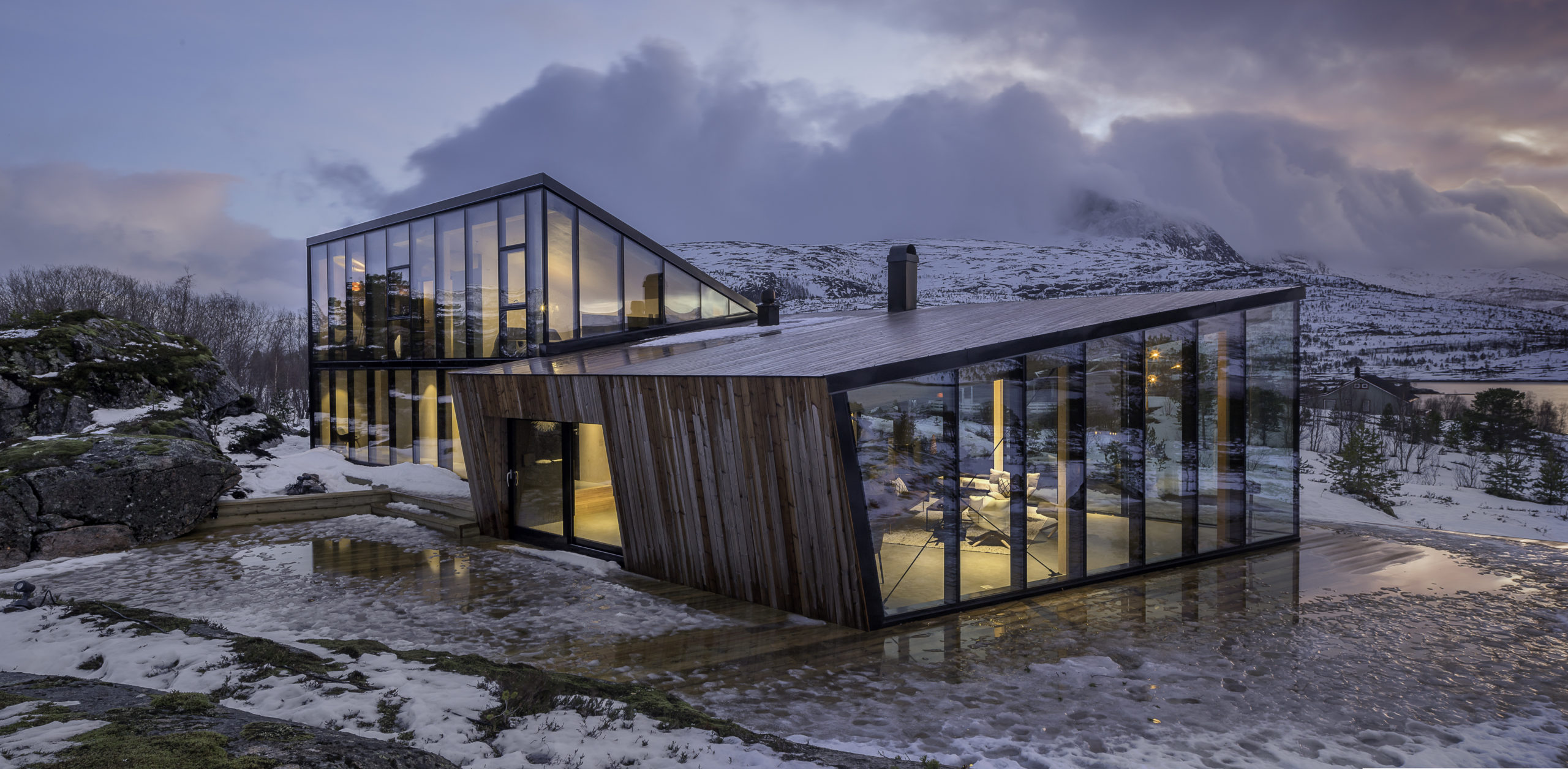 The site is positioned on an island called Halvarøy on a natural ledge in the terrain overlooking the fjord to the west, two of Norway´s most challenging climbing peaks towards the south, and protected by a ridge in the terrain towards the east.
The site is positioned on an island called Halvarøy on a natural ledge in the terrain overlooking the fjord to the west, two of Norway´s most challenging climbing peaks towards the south, and protected by a ridge in the terrain towards the east.
The cabin reflects two very different situations and the natural terrain. Two volumes are slightly offset to provide for sheltered outdoor areas and views towards the fiord also from the rear volume. The exterior of the cabin consist of two materials; structural glazing and core pinewood.
Louis Vuitton, Custom Convex Glass
By Nathan Allan Glass Studios, Beijing, China
Jury Winner, 2019 A+Awards, Architecture +Glass

 The Louis Vuitton flagship store in Beijing China is a high end retail store selling various types of brand name merchandise. The storefront section was completely renovated with a custom, kiln formed glass. 32 panels of various sizes, totaling over 1000 square feet of glass, were formed, safety tempered, and installed.
The Louis Vuitton flagship store in Beijing China is a high end retail store selling various types of brand name merchandise. The storefront section was completely renovated with a custom, kiln formed glass. 32 panels of various sizes, totaling over 1000 square feet of glass, were formed, safety tempered, and installed.
Panels varied in sizes, and the largest panels were formed at 6’6 x 11’6. The custom design was produced using a special “Freeform Series” production process, which creates deep 3D patterned glass. The uniqueness of this glass is that while still patterned, the glass itself remains clear, not textured.
Longquan Exhibition Center
By OfficeOffCourse, Longquan, Lishui, China
Popular Choice, 2019 A+Awards, Architecture +Glass; Popular Choice, 2019 A+Awards, Cultural – Gallery

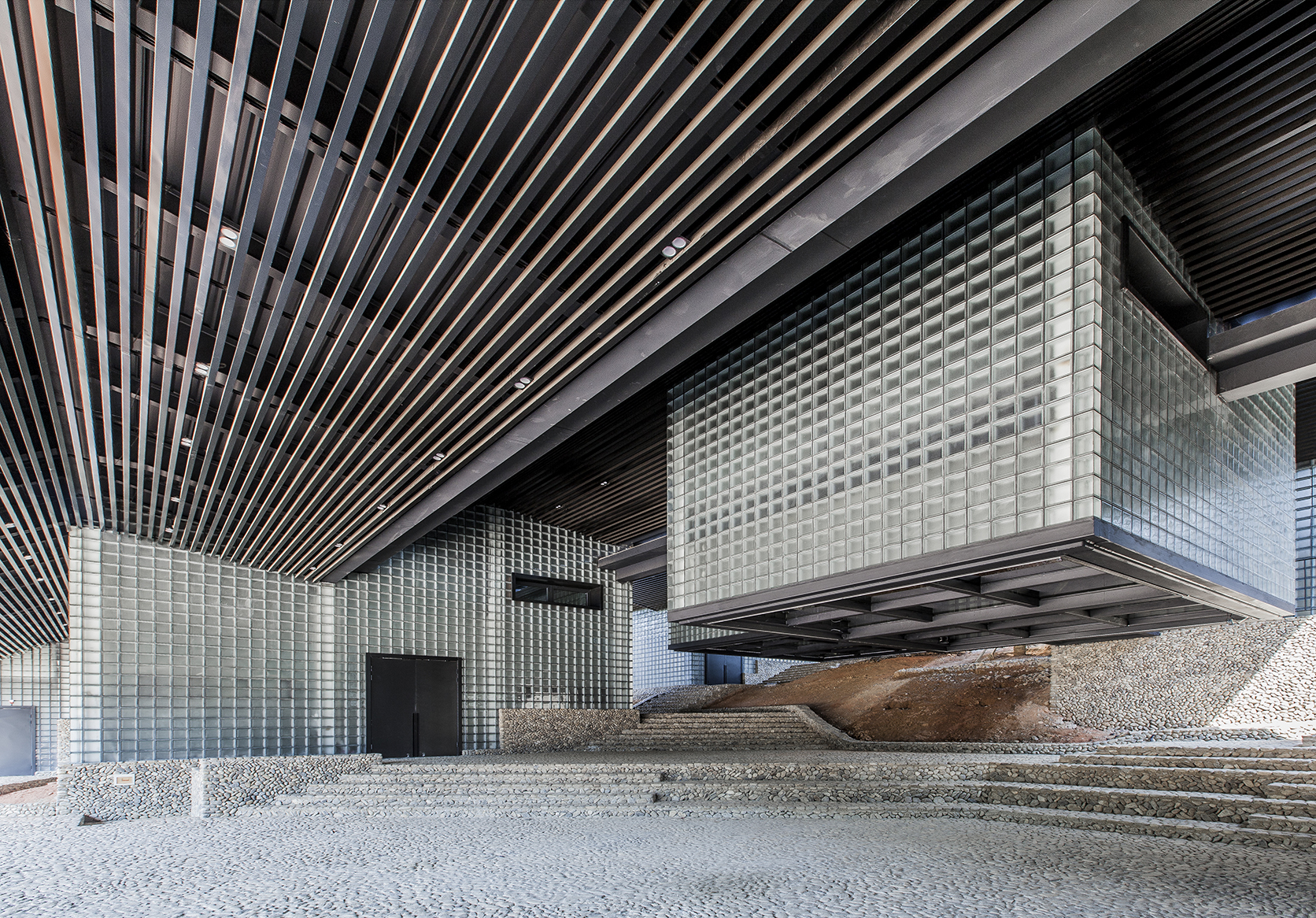 Historically, Longquan celadon is a type of green-glazed Chinese ceramic, known as celadon or green ware, produced from about AD950-AD1550. The national Archaeological Park is built to preserve the Longquan historical kiln conservation sites in Dayao village. A key feature of the project is that the team used glass brick as the main material for the walls. It has two layers of bricks: the depth in-between creates the display shelter for the exhibition. The two lifted galleries use glass as the floor, which allows visitors see through and watch the exhibiting pottery ruins on the ground, under the “glass box”.
Historically, Longquan celadon is a type of green-glazed Chinese ceramic, known as celadon or green ware, produced from about AD950-AD1550. The national Archaeological Park is built to preserve the Longquan historical kiln conservation sites in Dayao village. A key feature of the project is that the team used glass brick as the main material for the walls. It has two layers of bricks: the depth in-between creates the display shelter for the exhibition. The two lifted galleries use glass as the floor, which allows visitors see through and watch the exhibiting pottery ruins on the ground, under the “glass box”.
Have you recently completed an exciting architectural project that uses glass in innovative ways? Consider entering it in the Architecture +Glass category at the 11th Annual A+Awards:
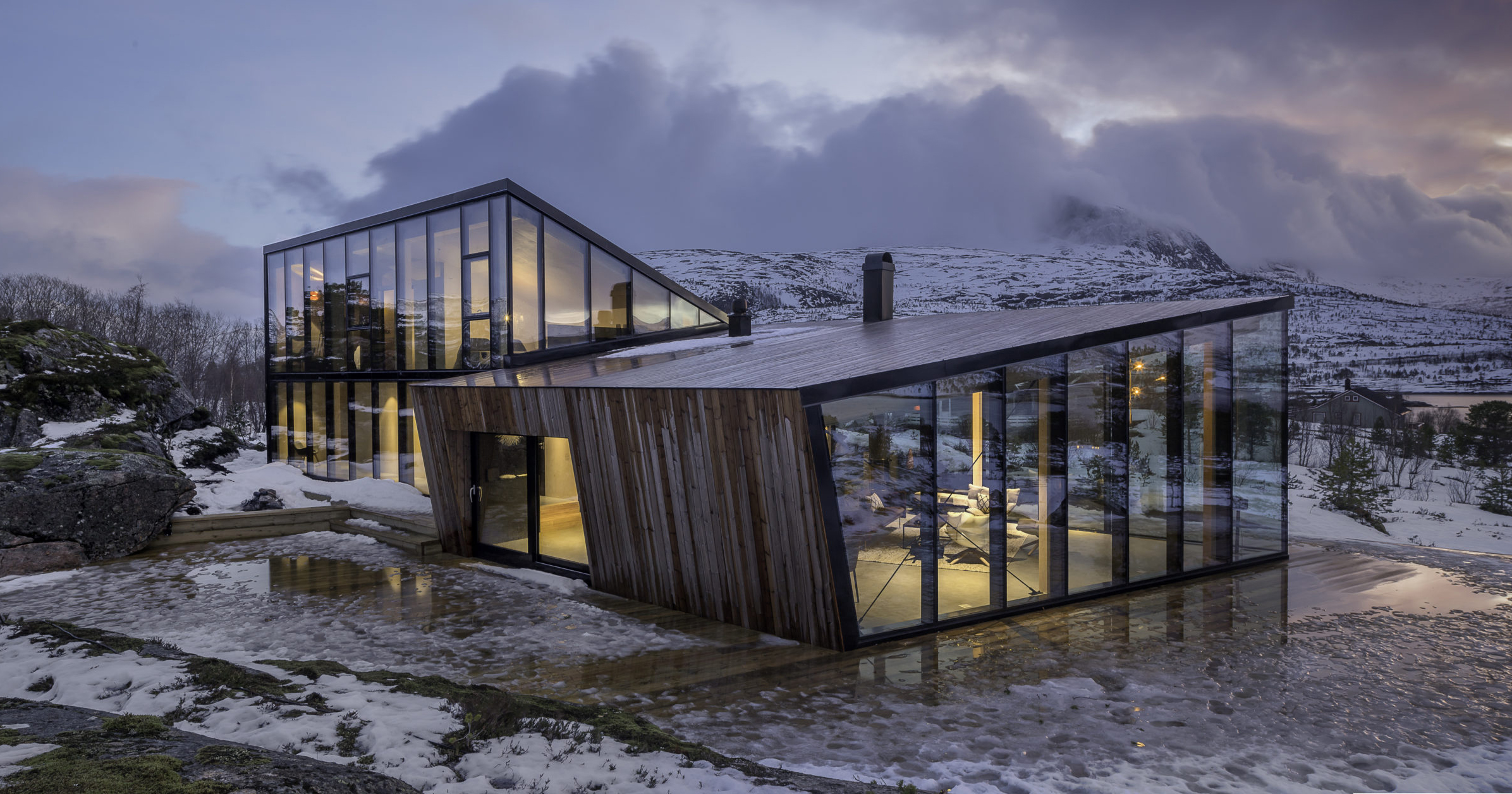
 7 St. Thomas
7 St. Thomas  Apple Store, Stanford
Apple Store, Stanford  Beyazit State Library
Beyazit State Library  Efjord Cabin
Efjord Cabin  Manshausen Island Resort
Manshausen Island Resort  Sound Transit University of Washington Station
Sound Transit University of Washington Station 


